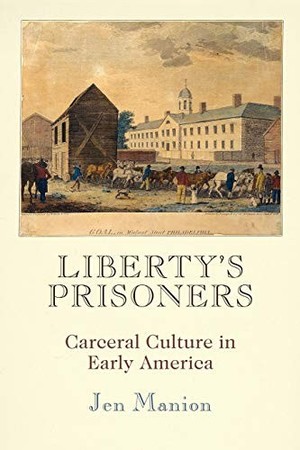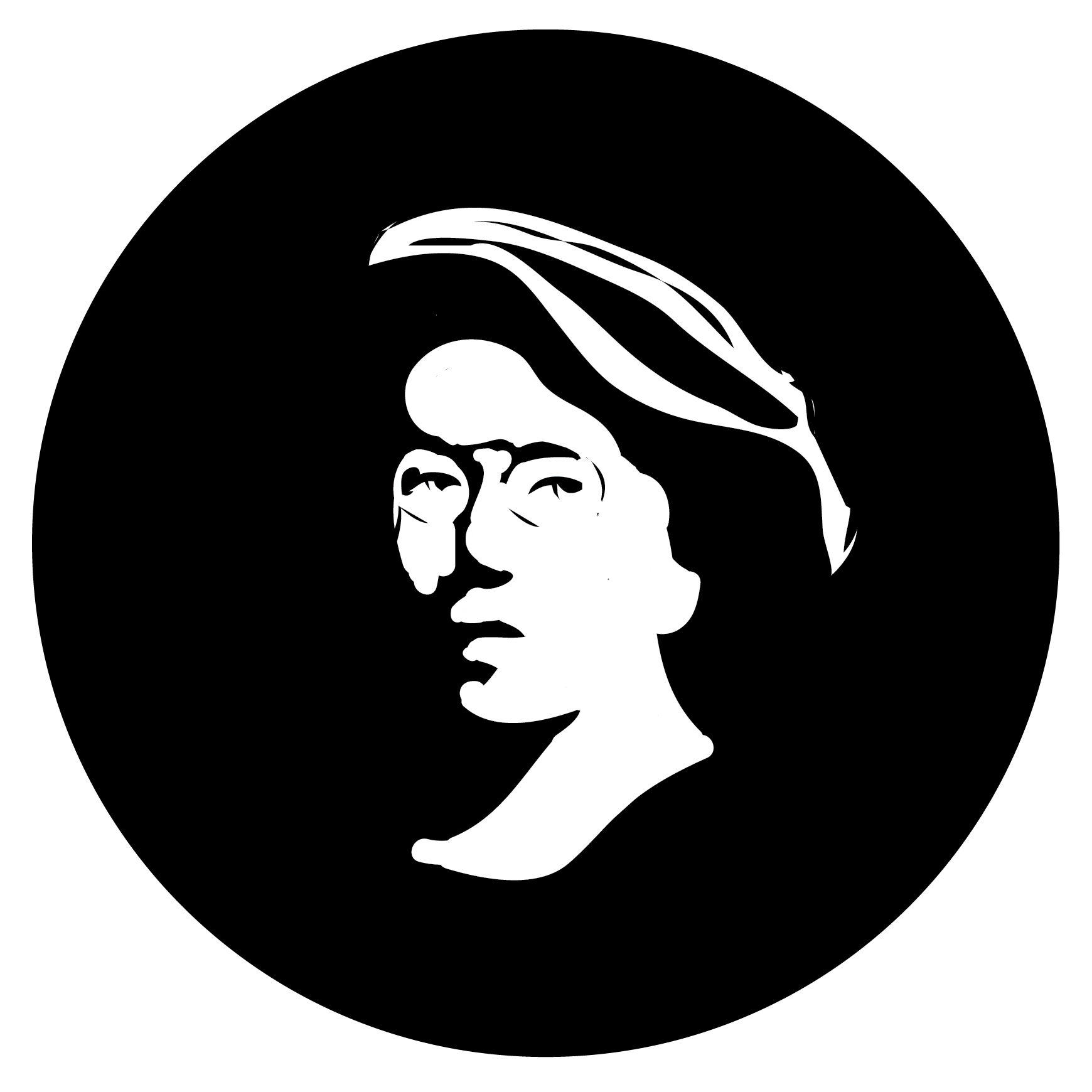Liberty's Prisoners examines how changing attitudes about
work, freedom, property, and family shaped the creation of the
penitentiary system in the United States. The first penitentiary was
founded in Philadelphia in 1790, a period of great optimism and
turmoil in the Revolution's wake. Those who were previously
dependents with no legal standing—women, enslaved people, and
indentured servants—increasingly claimed their own right to life,
liberty, and happiness. A diverse cast of women and men, including
immigrants, African Americans, and the Irish and Anglo-American poor,
struggled to make a living. Vagrancy laws were used to crack down on
those who visibly challenged longstanding social hierarchies while
criminal convictions carried severe sentences for even the most
trivial property crimes.
The
penitentiary was designed to reestablish order, both behind its walls
and in society at large, but the promise of reformative incarceration
failed from its earliest years. Within this system, women served a
vital function, and Liberty's Prisoners is the first book to
bring to life the experience of African American, immigrant, and poor
white women imprisoned in early America. Always a minority of
prisoners, women provided domestic labor within the institution and
served as model inmates, more likely to submit to the authority of
guards, inspectors, and reformers. White men, the primary targets of
reformative incarceration, challenged authorities at every turn while
African American men were increasingly segregated and denied access
to reform.
Liberty's
Prisoners chronicles how the penitentiary, though initially
designed as an alternative to corporal punishment for the most
egregious of offenders, quickly became a repository for those who
attempted to lay claim to the new nation's promise of liberty.

